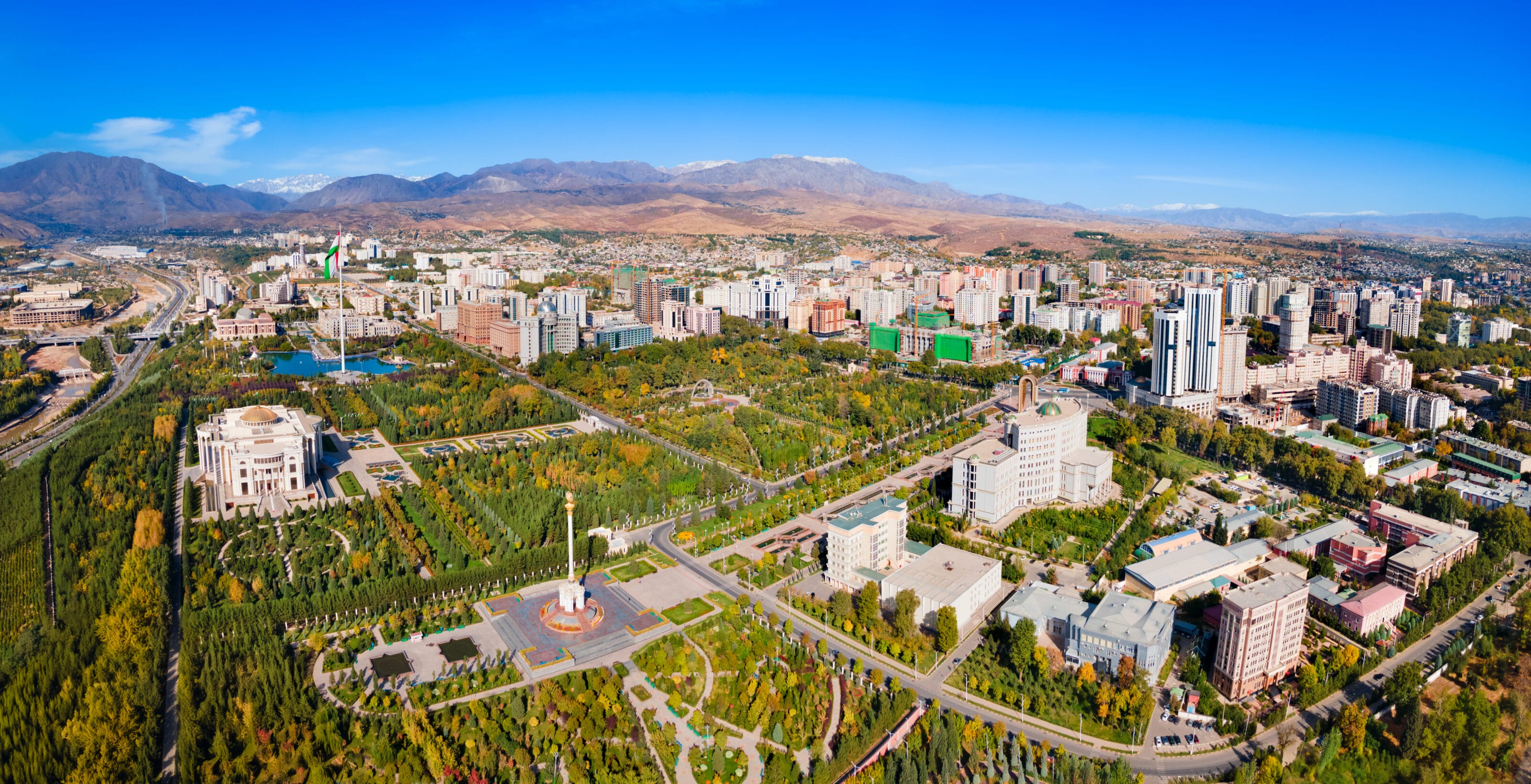
Dushanbe, the capital of Tajikistan, is taking bold steps toward a more sustainable and livable future. In 2012, the city joined the EBRD Green Cities program and began developing its Green City Action Plan (GCAP) to tackle long-standing environmental challenges and set a new course for climate-resilient urban growth.
Like many growing cities, Dushanbe faces pressure from all sides—aging infrastructure, air pollution, energy inefficiencies, and environmental degradation. The GCAP was created to address these challenges head-on and to guide the city’s green transformation.
Here’s what Dushanbe is up against:
- Energy: The city’s demand for heating and cooling is on the rise, and much of it is met by coal and emissions-heavy industrial plants.
- Water: Residents deal with unreliable water access, excessive consumption, and poor wastewater treatment systems.
- Transport: Aged vehicles and a lack of clean transport options contribute heavily to air pollution.
- Buildings: Older housing stock lacks insulation and energy efficiency, and green building investments remain limited.
- Industry: Urban industries often rely on unsustainable production methods and contribute to pollution.
- Waste: Outdated disposal methods and overburdened landfills present serious public health and environmental risks.
- Land and Nature: The city is seeing a steady loss of green spaces and increased land degradation.
To address these issues, Dushanbe’s GCAP sets out a long-term vision: a clean, healthy, and safe city shaped by sustainable infrastructure and increased climate resilience. The plan aligns with Tajikistan’s broader low-carbon development goals and outlines 27 priority actions—17 focused on investments and 10 on policies—to be carried out over five years.
The price tag? An estimated €255.27 million. But the payoff is significant: the plan is expected to cut nearly 140,000 tonnes of CO₂ emissions each year, while also creating 885 jobs in areas like green infrastructure and urban services. Financing will come from a mix of local and national government (10%), the private sector (6%), and the lion’s share—84%—from international development partners, mostly through concessional loans.
To ensure follow-through, the GCAP includes a clear governance structure and monitoring framework, keeping implementation transparent and accountable.
Dushanbe’s story is a strong example of how even cities facing major environmental and economic challenges can chart a new, greener course—with the right planning, support, and vision. The Green City Action Plan isn’t just a list of goals; it’s a practical, funded roadmap to a more sustainable urban future.
To learn more about this story please visit Green City Action Plan (GCAP) Dushanbe.
